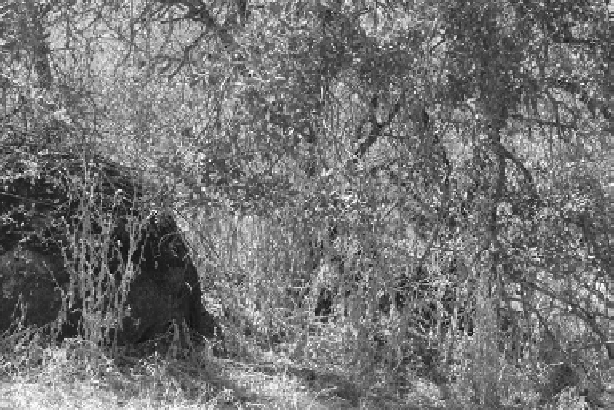Agriculture Reference
In-Depth Information
Fig. 12.1
Italian thistle (
Carduus pycnocephalus
) preferentially establishes under savanna oaks and
outgrows competing native forbs and grasses, often reaching the canopy and potentially forming
ladder fuels that can convert savanna surface fires into crown fires. (Photo by Jon Keeley.)
not highly susceptible to invasions itself. Hopper (
2009
) has also suggested
invasive plants follow very different patterns in these regions based on geology,
although, as discussed below, the many generalizations that are required to fit
with his old vs. new soil syndromes generally do not fit well for fire-prone MTC
regions.
Mediterranean Basin
Particularly noteworthy is the fact that this region (including adjacent areas of
Eurasia) is the source for many species invasive in other MTC regions. About two
thirds of the non-native species in California, more than that in Chile and slightly
less than that in South Africa and South Australia, are of Mediterranean Basin
origin (Groves
1991
). The most widely distributed of such invasive species are
those associated with disturbance and it is widely thought that their origins in the
Mediterranean Basin are tied to a long history of anthropogenic disturbance from
Since our major livestock animals such as cows, goats, sheep and horses have their
origin in Eurasia (Diamond
1997
), it seems likely that some of the weeds favored
by lifestock husbandry had their origins long before domestication. This associ-
ation likely selected for traits associated with some of the most aggressive weeds,
such as rapid growth in high light environments and animal-facilitated dispersal
(Malo & Suarez
1997
).

